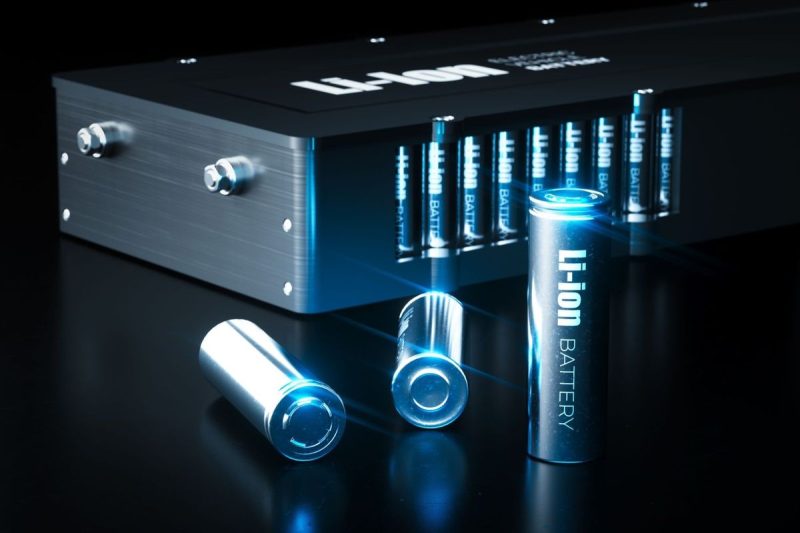Investing in Battery Metals: A Comprehensive Guide
Understanding Battery Metals
Battery metals play a crucial role in the fast-growing electric vehicle (EV) industry. These metals are essential components in the production of lithium-ion batteries, which power the majority of EVs on the market today. Investing in battery metals can be a lucrative opportunity for investors looking to capitalize on the shift towards a more sustainable and eco-friendly transportation sector.
Types of Battery Metals
The most commonly used battery metals in the production of lithium-ion batteries include lithium, cobalt, nickel, and graphite. These metals are key ingredients in the cathode and anode of the battery cells, and their availability and pricing play a significant role in the overall cost and performance of the batteries.
Lithium: Lithium is a lightweight metal that is highly reactive and widely used in battery production due to its high energy density and long cycle life. It is primarily sourced from lithium-rich brine deposits and hard rock mines.
Cobalt: Cobalt is a critical component in lithium-ion batteries as it stabilizes the battery cells and improves their thermal and chemical stability. The majority of cobalt production comes from the Democratic Republic of Congo, making the supply chain vulnerable to geopolitical risks.
Nickel: Nickel is another essential metal in lithium-ion batteries, as it helps enhance energy density and overall battery performance. Nickel is typically sourced from sulfide ores and laterite deposits in countries like Indonesia and the Philippines.
Graphite: Graphite serves as the anode material in lithium-ion batteries and is responsible for storing and releasing lithium ions during the charging and discharging process. Natural graphite is the preferred choice for battery applications due to its high purity and conductivity.
Investment Options
There are several ways for investors to gain exposure to the battery metals market, ranging from direct investments in mining companies to investing in exchange-traded funds (ETFs) that focus on the sector. Some of the popular investment options include:
1. Mining Companies: Investing in mining companies that specialize in the extraction and production of battery metals can provide direct exposure to the market. It is essential to conduct thorough research on the company’s reserves, production capacity, and overall financial health before making an investment.
2. ETFs: Exchange-traded funds that track the performance of battery metals and related industries offer a diversified and cost-effective way to invest in the sector. These ETFs typically hold a portfolio of mining companies, battery manufacturers, and other related companies.
3. Commodities: Investors can also consider investing in physical commodities such as lithium, cobalt, and nickel through futures contracts or physically backed exchange-traded products. This approach allows investors to directly benefit from the price movements of the underlying metals.
4. Battery Manufacturers: Another indirect way to invest in battery metals is by investing in leading battery manufacturers that use these metals in their production processes. Companies like Tesla, Panasonic, and LG Chem are prominent players in the EV battery market.
Factors to Consider
Before diving into the battery metals market, investors should consider several factors to make informed investment decisions:
– Supply and Demand Dynamics: Understanding the supply chain dynamics and demand outlook for battery metals is crucial in assessing investment opportunities and potential risks.
– Geopolitical Risks: Due to the concentration of production in a few countries, geopolitical factors can significantly impact the supply and pricing of battery metals.
– Technological Advances: Keeping abreast of technological developments in battery technology can provide insights into future demand trends and the evolution of battery metals usage.
– Environmental and Social Considerations: Sustainability and ethical sourcing practices are becoming increasingly important for investors, prompting a closer look at the environmental and social impact of battery metal production.
In conclusion, investing in battery metals offers promising growth prospects as the global shift towards electrification accelerates. By understanding the key metals involved, exploring different investment options, and staying informed about market trends, investors can make well-informed decisions to capitalize on this burgeoning sector.

